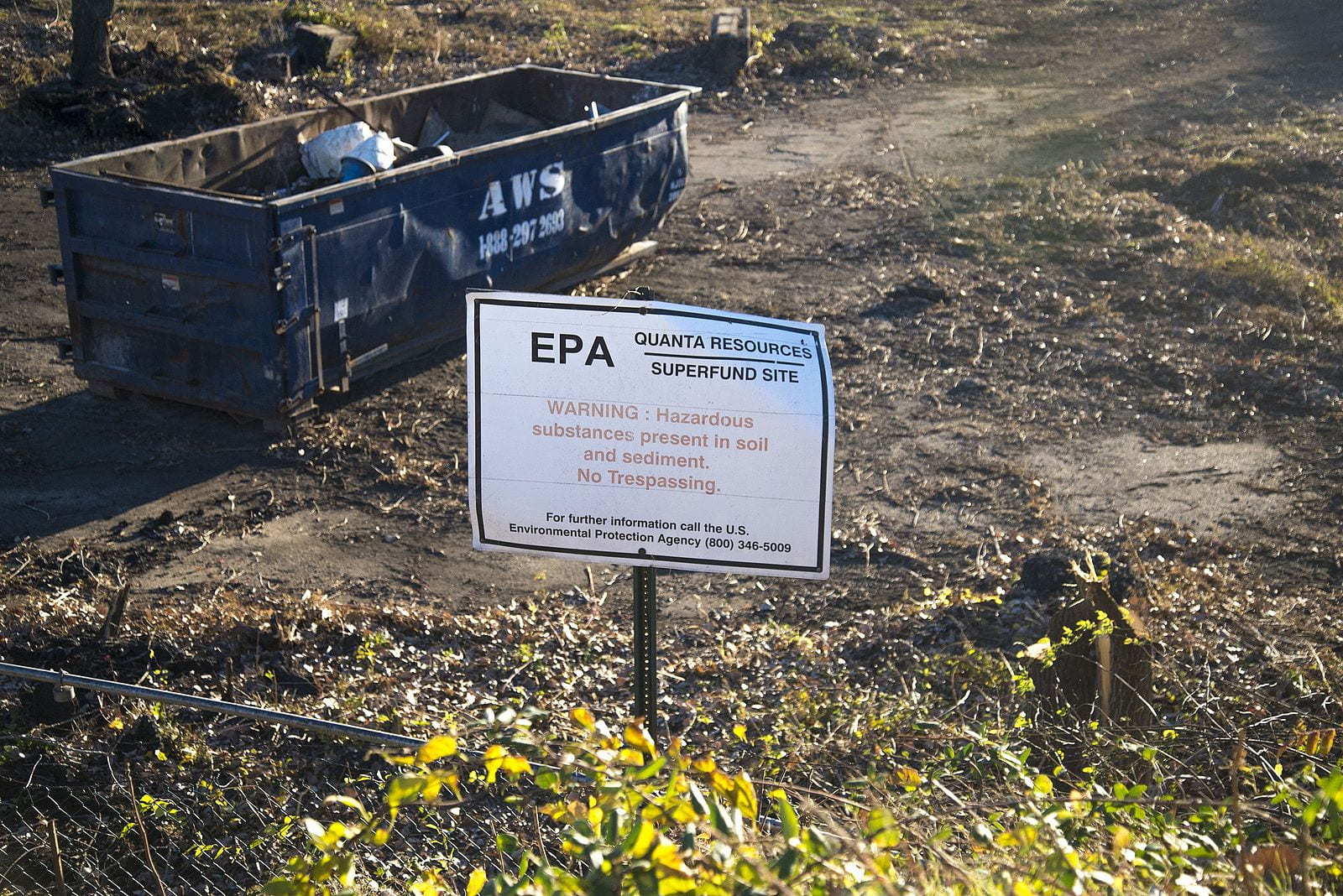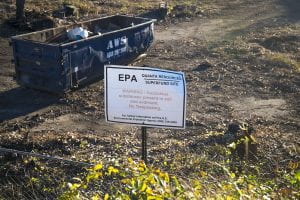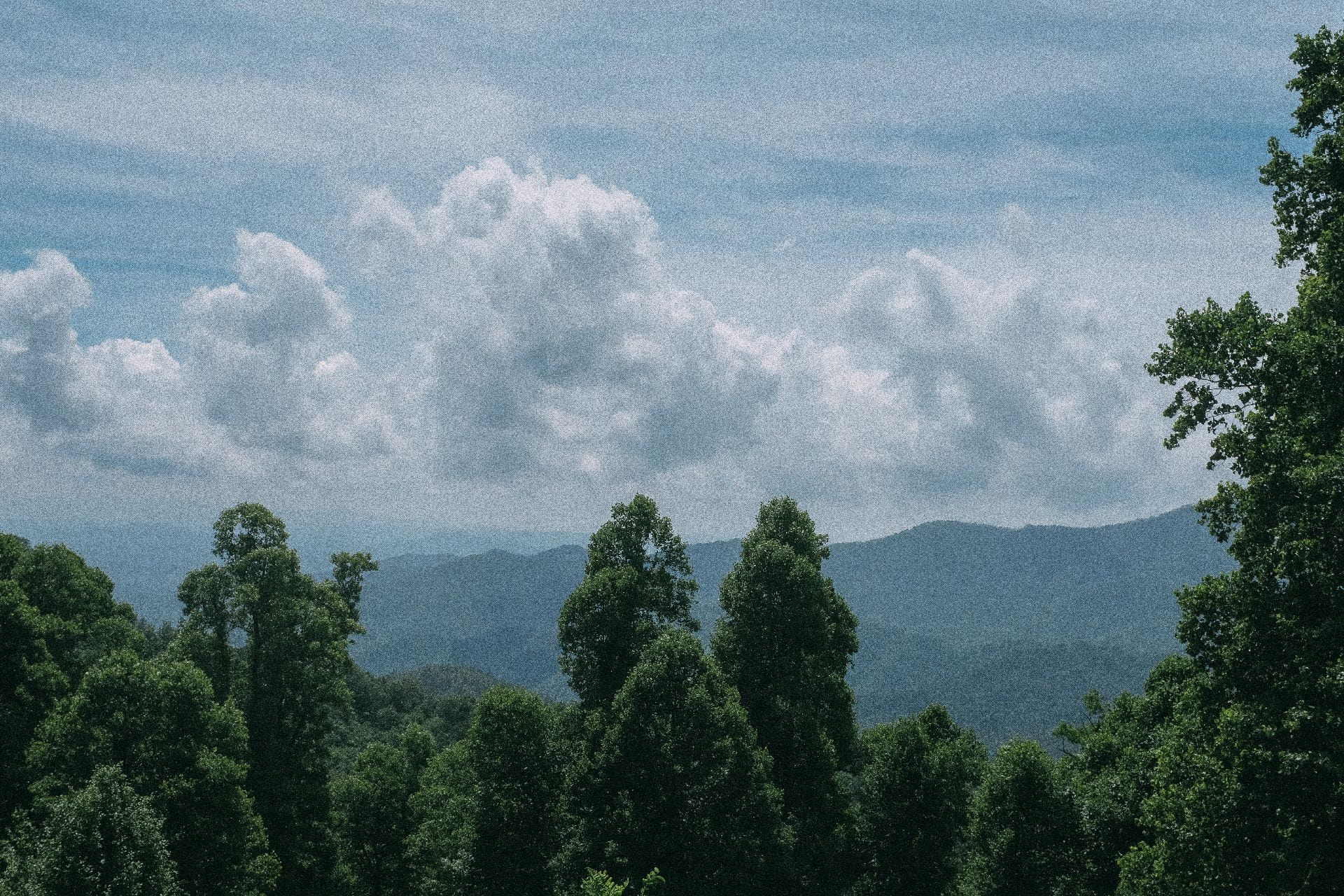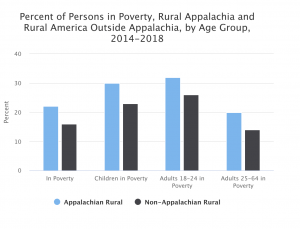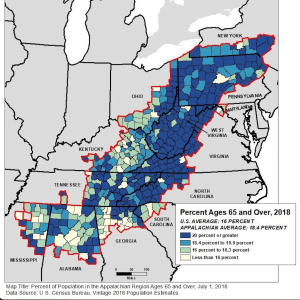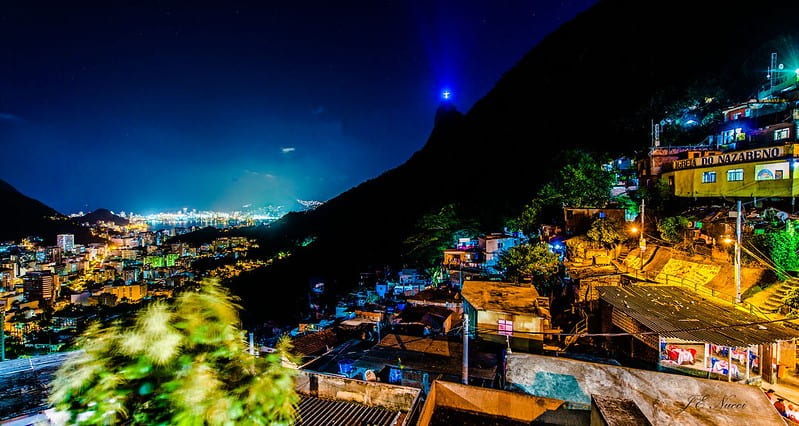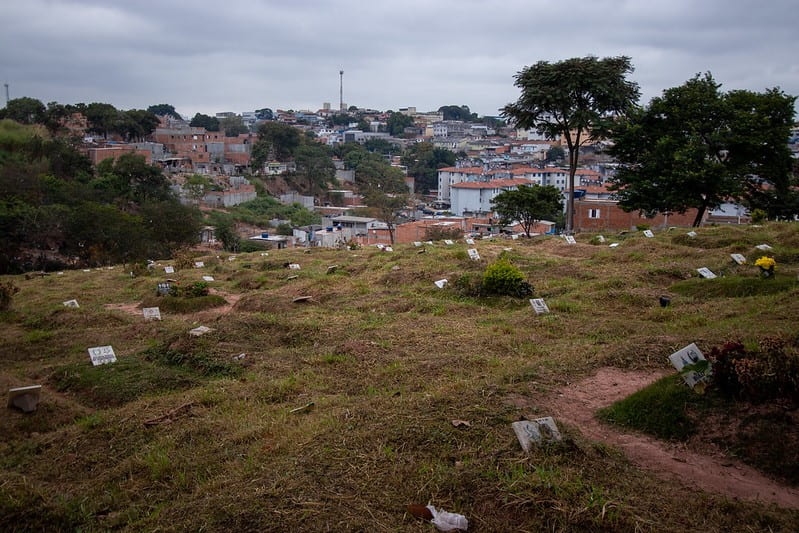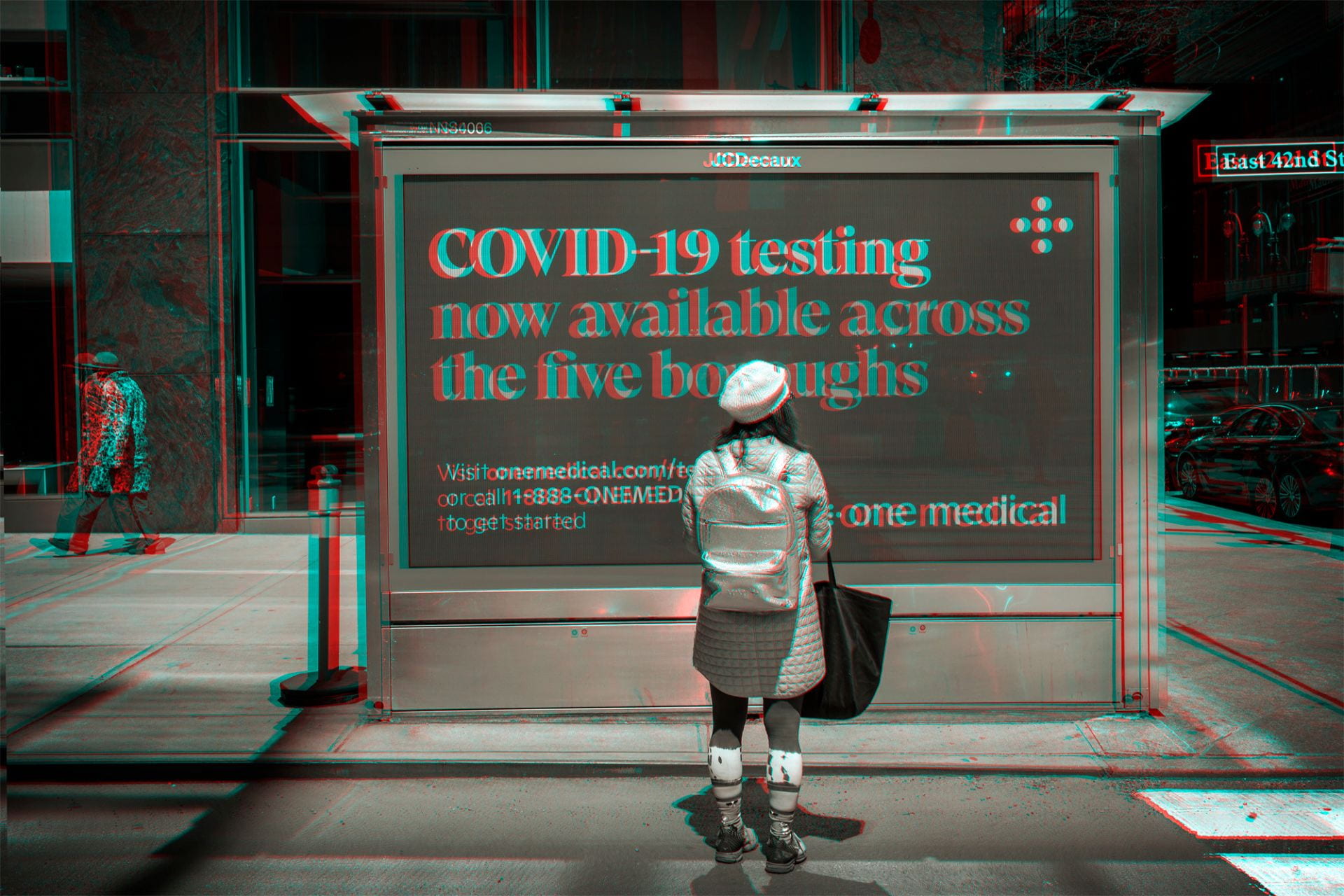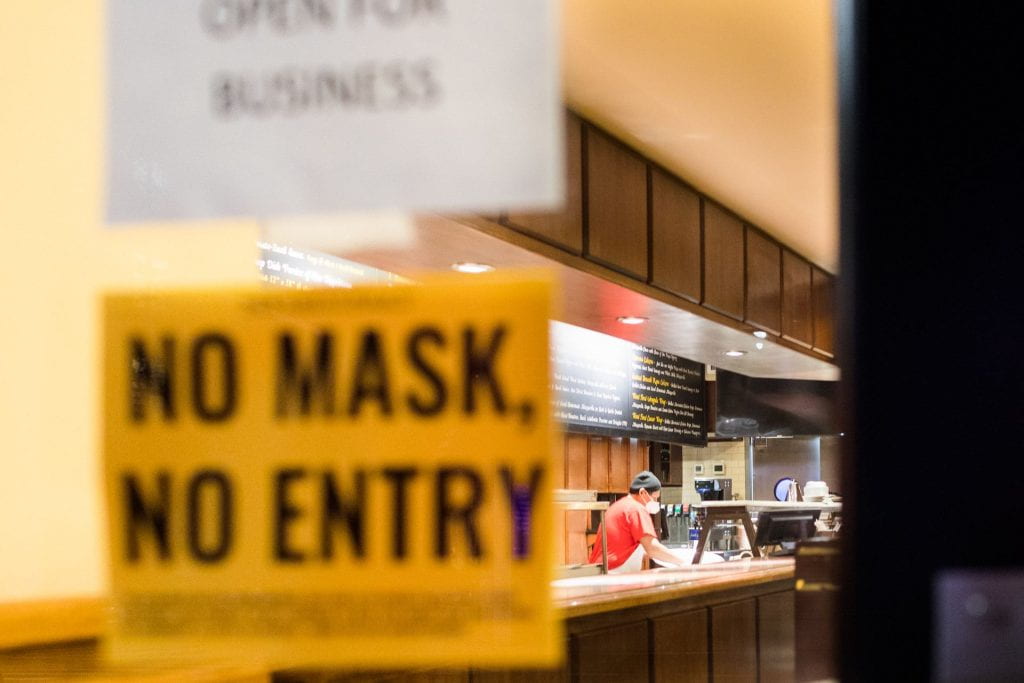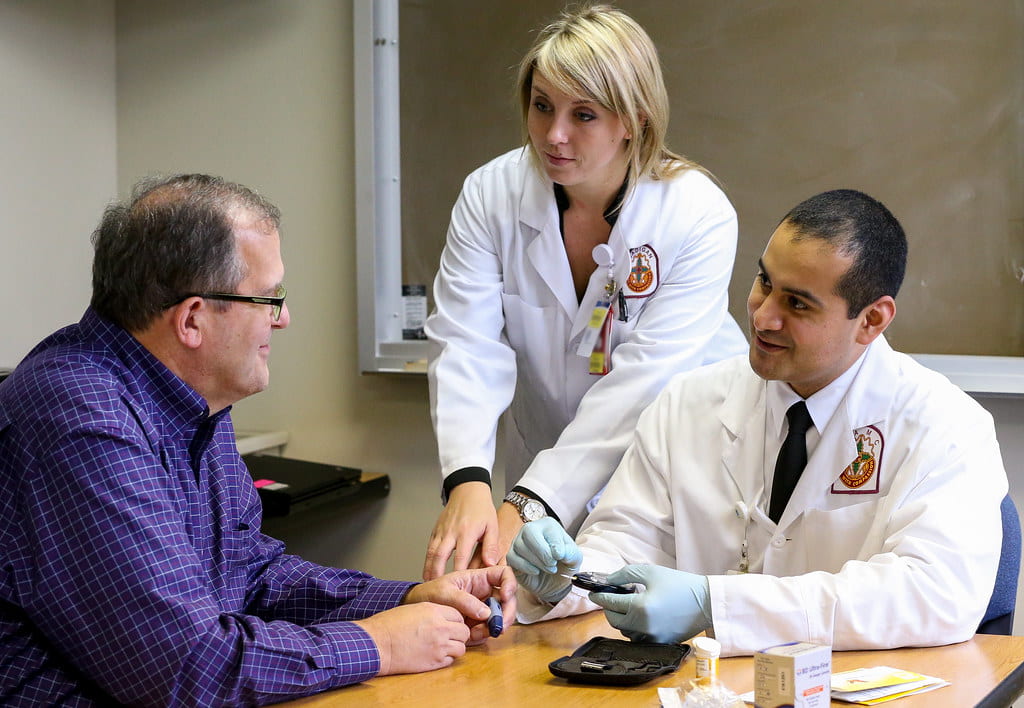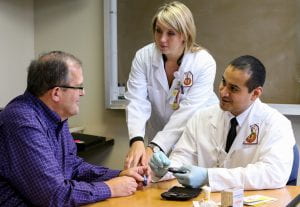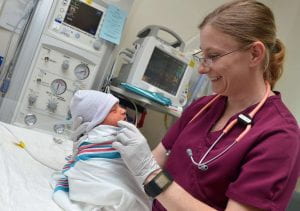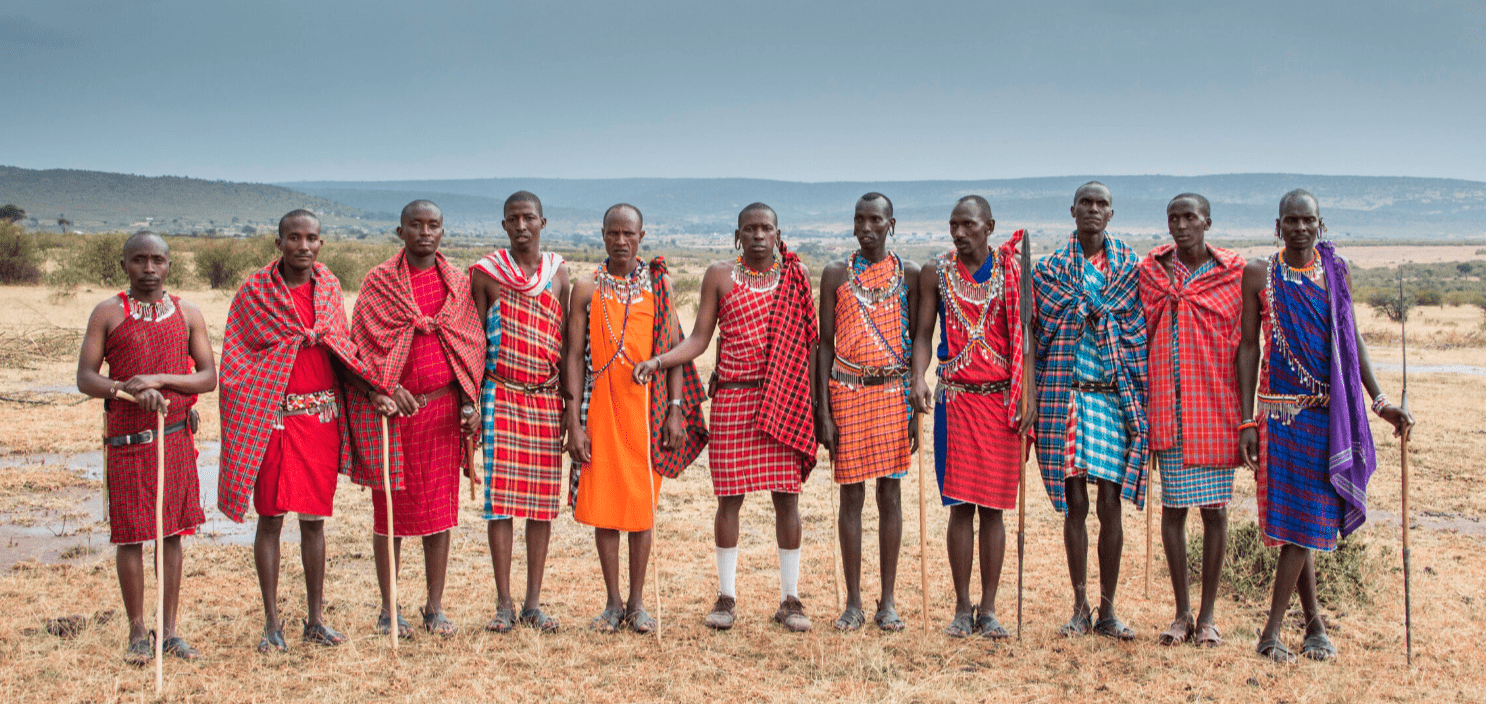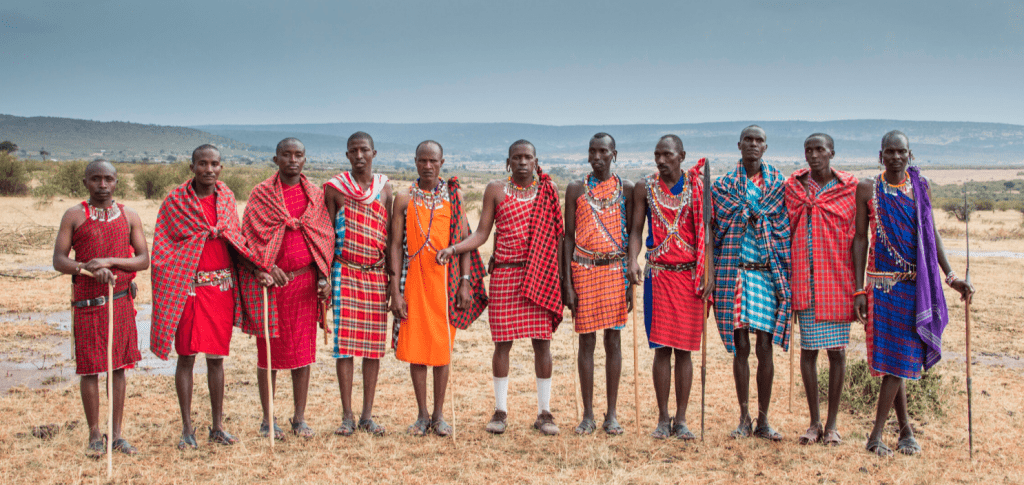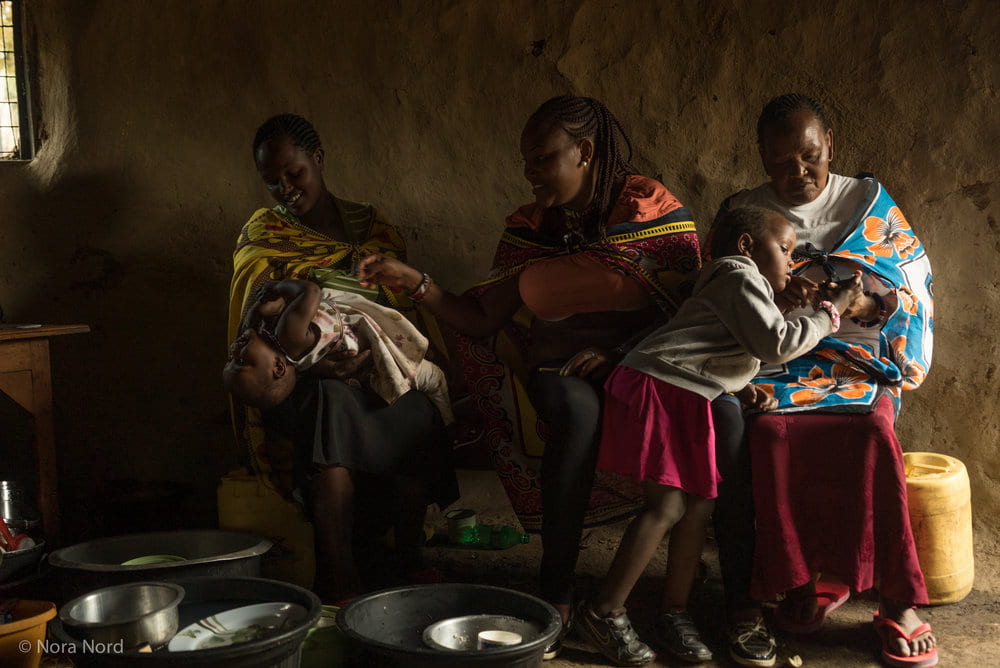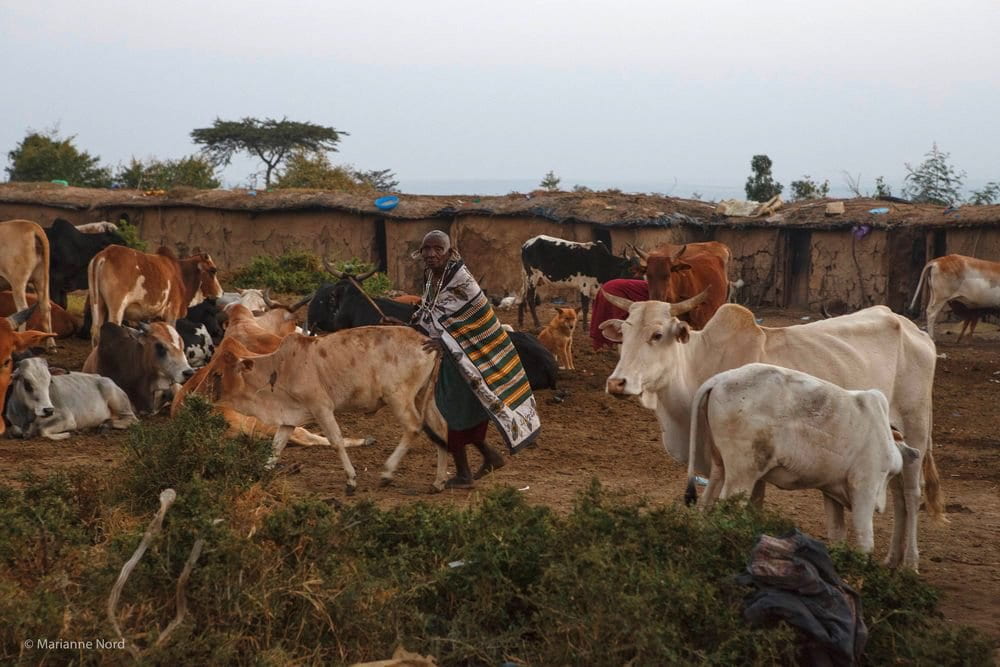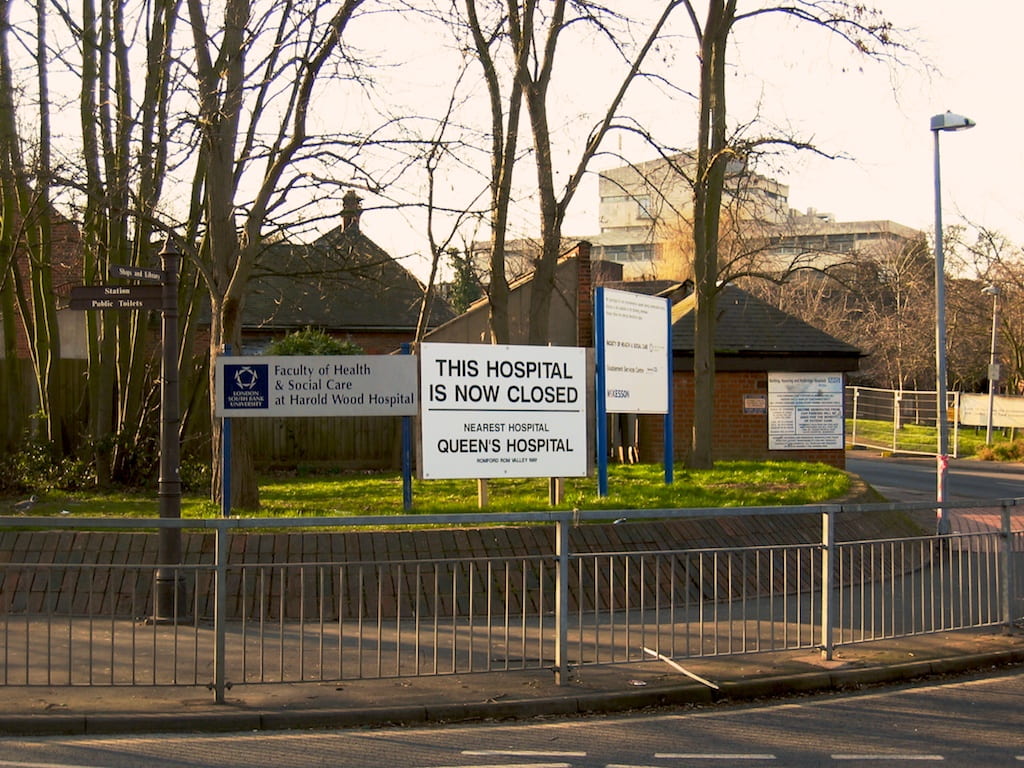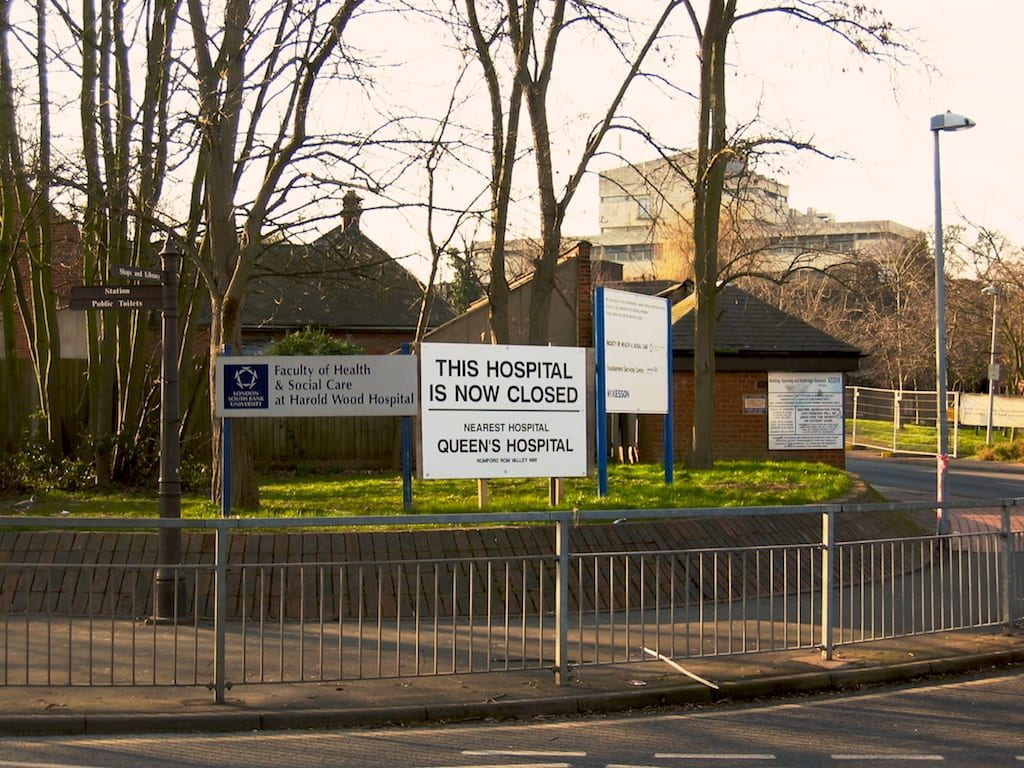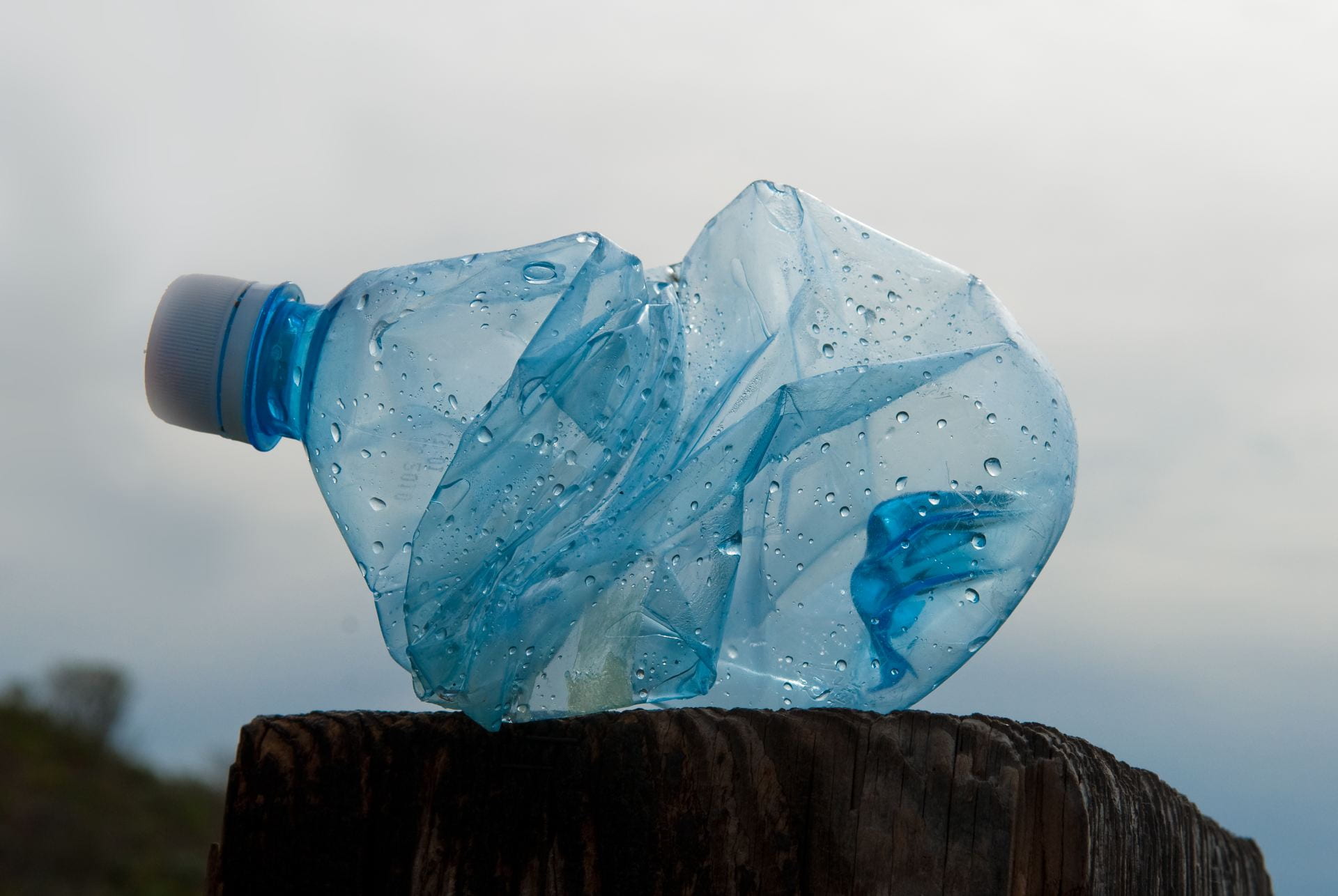by Sadie-Anne Jones, guest blogger

The illicit pharmaceutical industry is bigger than one might think. In an age where coverage for prescription drugs may be limited and an opioid crisis is rampant, more and more people are turning to this illicit market. Because not everyone that purchases pharmaceutical drugs is aware they are doing so, this industry has been difficult for law enforcement to track. Thus, it has grown internationally and there are few places that are not affected by it.
The illicit pharmaceutical drug industry is a far reaching one. One reason for this is because counterfeit drugs can be made relatively cheap. A recent 60 Minutes segment illustrates how easy it is for companies to produce counterfeit pharmaceutical drugs; small rooms with relatively primitive equipment are used to make multiple drugs including blood pressure medicine, Viagra, painkillers, and seizure medication. One-way people are able to get these drugs is through illicit dealers posing as legitimate online pharmacies. So, even if an individual is not intentionally seeking out alternatives to legally prescribed medication, they may be tricked into it none the less. Other dealers have been much less reserved in how they market their products. As with the “Silk Road” site that operated on the dark web from 2011 to 2013, which included 4,000 dealers and around 100,000 buyers, it made no attempt to hide their illegality. This site acted as a huge distributor of numerous illicit substances including prescription drugs. While the “Silk Road” has been shut down for years, there are still many other sites on the dark web facilitating illicit pharmaceuticals. Additionally, when costumers buy illicit drugs online from sites posing as legal businesses, or even from sites like the “Silk Road,” they are often shipped to buyers through the postal service. This makes drugs difficult to stop, especially when they are shipped in small amounts. All in all, this makes it easy to deal in counterfeit drugs and allows the industry to spread across the globe.
But what are the negative implications? Is it only the pharmaceutical industry’s profit margins that suffer from this illicit industry? The answer is, sadly, no. There have been numerous negative consequences for public health that have resulted from it. Especially in the wake of the opioid pandemic–which hit the country largely due to doctors over prescribing highly addictive opioid painkillers–this industry has caused a large amount of irrevocable damage. As one source states, it is hard to know for sure how much the illicit drug industry has impacted people’s health. That said, it is predicted to have contributed significantly to the 42,249 deaths that resulted from opioid related causes in 2016 alone. Additionally, counterfeit pharmaceuticals are entering hospitals and pharmacies around the country. Even if the drug itself was manufactured licitly, counterfeit materials can make their way into the ingredients, or the ingredients may be safe but the wrong dose is recommended, thus making it counterfeit. These counterfeit ingredients can be anything from chalk to flour. While chalk and flour are fairly harmless, when those ingredients are used in life-saving medications, the results can be catastrophic. In one instance, counterfeit materials found their way into the blood thinner, Heparin, which resulted in the deaths of 80 people. While most pharmaceutical drugs that people receive are not counterfeit, the illicit pharmaceutical industry is continuing to grow and deceive people.
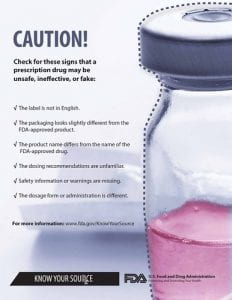
So, what can be done? As previously stated, most of these illicit pharmaceutical drugs are shipped through the mail and they have proven difficult to stop. Even so, there is still hope. There are new procedures being put in place including implementing new technology in international mail carrier facilities that allows those working there to scan packages and detect even minuscule amounts of opioids, and dark web sites are increasingly being monitored by government analysts. As of now, counterfeit drugs account for less than 1% of all pharmaceutical drugs sold in the United States. While counterfeit drugs are still a major problem in developing countries, it seems like likely that countries across the globe will eventually pick up similar measures to the U.S. and other countries that have reduced the problem significantly, so that this trade can be further snuffed out.
In essence, there are many outlets to the illicit pharmaceutical industry. These range from seemingly legal sites on the internet, the dark web, and even pharmacies and hospitals. These outlets have knowingly, and sometimes unknowingly, helped distribute sometimes dangerous counterfeit drugs to citizens across the globe. This has resulted in the deaths of many people and also helped perpetuate the opioid epidemic. Thankfully, the U.S. has amped up regulation in recent years leading to very little illicit pharmaceuticals ending up in the homes of people across the nation. In the future, it seems hopeful that the regulations that have been implemented in countries like the U.S. will soon be commonly used in other countries as well in order to stop this industry for good.

